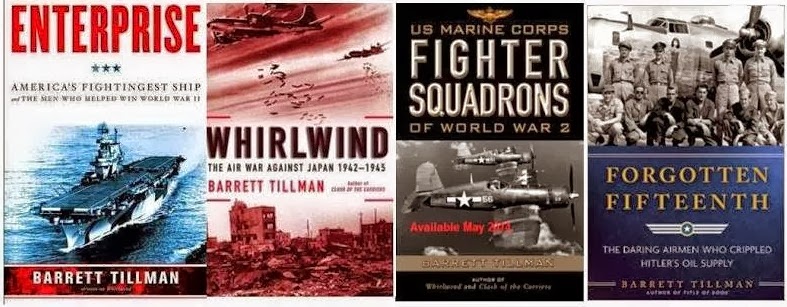Battlefield photography has a long history of recording man’s sanguinary nature. Depending upon definitions, the earliest examples date from the Mexican-American War of 1847 plus the U.S. Civil War and Crimean War of the 1860s. Probably the first moving picture footage came from Cuba in the Spanish-American War of 1898.
Today, XXI century combat photography provides starkly startling imagery from aerial drones and body cameras. Just a few examples from Ukraine and Israel.
The Video War
Early videos were taken by Ukrainians engaged in some eerie firefights. One almost appears subterranean inside a trench complex. The shooting is nearly muzzle to muzzle with fractions of seconds literally deciding life and death. In a brief segment, four Russians are shot down in less than a minute. The Ukrainians exhibit unusual fire discipline, shooting semi- rather than full automatic.
Drones emerged early as valuable assets for reconnaissance and attack. Ukraine is particularly adept at working drones together: one to strike the target while the other records the results.
A drone’s camera looks down on a gray-brown landscape showing two Russian soldiers dragging a critically wounded comrade on a tarp. Before long they abandon the effort, pulling the tarp away to leave the man behind. In one of the most pitiful scenes ever recorded, he begins crawling after them across the ruined terrain.
The video shows the two men slump against a tree on different sides of the trunk. Then the soldier on the left disappears in a blast of dirt and debris, victim of a drone’s grenade.
Remarkably, his friend arises and exits stage right.
There’s more. Much more.
A previous drone shot was stationary over a crippled soldier—probably Russian but both sides wear similar uniforms with the same weapons. The victim of unseen agony squirms for about 70 seconds, then places his rifle’s muzzle to his chin—and presses the trigger.
And a similar, more distant incident:
A Russian personnel carrier is destroyed by Ukraine gunfire. Perhaps a dozen soldiers flee the wreckage and are caught in the open. Most are killed by automatic weapons and indirect fire. We see the bodies incinerated where they lay.
The survivor of a destroyed Russian armored vehicle scrambles around the wreckage, trying to avoid the drone that pursues him with demonic intelligence. It’s a real-life Terminator: “It can't be killed, can't be bargained with, can't be reasoned with.”
That knowledge had to peg The Terror Meter. And finally the robot drops a grenade on the man’s helmet.
There’s a remarkable combined video of a Ukrainian soldier holding a trench line against what appears to be ten Russians, overlaid with their commanding officer’s exasperated comments recorded by the defenders.
Another drone drew down to the essential minimum: a Russian and Ukrainian on each side of a trench corner, probably within five feet of one another across the angle. They attempt unsighted fire around the corner without success until the Ukrainian rolls the dice in an all-or-nothing gamble. He extends himself enough to place his barrel within inches of his enemy—and wins the lethal prize: life.
Then…
A badly wounded Ukrainian rolls onto his back to apply a tourniquet to his severed right leg, then crawls to a Bradley fighting vehicle, leaving a red streak on the ramp to mark his passage.
Atrocities
Both sides have been caught in battlefield atrocities. Russians shooting Ukrainian soldiers attempting to surrender a trench line.
And surveillance footage clearly shows two Russians shooting civilians in an office complex.
And a Ukrainian killing about ten prisoners as they lay on the ground.
The inevitable media phrase for such actions is “executions” but that is a reprehensible warping of the term. By definition, a legitimate execution requires a judicial process. Out-of-hand killings in situ are simply…
Murder.
There’s a lengthy, detailed Wikipedia entry describing mistreatment of prisoners on both sides:
https://en.wikipedia.org/wiki/Treatment_of_prisoners_of_war_in_the_Russian_invasion_of_Ukraine
==
Meanwhile, drones are spectacularly useful at sea.
On February 13-14, Ukrainian “suicide” naval drones rammed into a Russian landing ship off the Crimean coast, sinking it. The video feed shows a drone racing inbound, then the screen goes blank on impact.
Meanwhile: a Russian video shows shipboard gunners trying to destroy the inbound drones with gunfire. They fail, and the screen erupts in a garish orange-yellow splotch against the darkness.
Gaza
Following Hamas’ October attack out of Gaza against Israeli military and civilian targets, some appalling videos appeared online, captured from Palestinian cellphones. The brutality was so extreme that originally internet sites refused to post the footage, relying on gruesome texts with photographs including blood-soaked baby cribs and teddy bears.
But inevitably, the videos appeared. Mutilation of Israeli civilians’ bodies became widespread, with voice-overs chanting triumphant Muslim refrains.
Israeli Intelligence combined Hamas and victim videos for an integrated view of the October 7 music festival massacre.
Then there is calculated atrocity.
An Israeli film of October 7 was released in four parts. Blurred images of children and adult bodies and casually killing pets. Hamas terrorists broke into homes, killed the occupants and mutilated bodies.
Other Hamas footage showed Israeli women forced into vehicles, their pants stained with blood and feces.
Lest anyone naively assume that internet videos reveal a XXI century descent into anguish and depravity:
It has always been thus. Technology simply pushes the facts into plain view.



